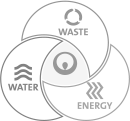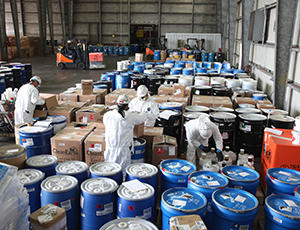
The challenge as we see it
Mercury has traditionally been used in medical apparatus, electrical devices, precision instruments and in conjunction with other elements to form compounds for industrial applications. Despite its widespread use, mercury is a highly toxic material that needs to be disposed of properly once it is removed from use.
Our differentiated value
We provide innovative mercury waste recycling services, designed to ensure safety and regulatory compliance, while protecting the environment.
We tailor recycling programs around your needs. By working with us, you can benefit from the following:
- (4) Four fully-permitted recycling facilities across North America
- Two RCRA Part B permitted facilities
- Company owned advanced distillation and retort technologies
- ISO14001/OHSAS-18001 certifications in Phoenix, AZ
- Company-owned nationwide transportation and logistics capabilities
- Audited and approved 3rd party transportation network
- Dedicated account and customer service representatives
- Documented packaging guidelines
- Customized reporting capabilities
Our solutions for mercury waste recycling
We will work with you to assess your recycling requirements and develop customized profiling, containers, and labeling to transport and dispose of your mercury-containing items safely. Our team will help you maintain compliance and select the most convenient service intervals for your business.
We recycle the following items: Automotive switches; debris and contaminated soil; dental amalgam; electrical devices; fluorescent and HID lamps; medical apparatus; mercury compounds; precision instruments; and thermostats.

Veolia is uniquely positioned to service industry, government and commercial entities in improving performance, managing water, waste and energy.
Learn how
A cross-functional team unites to take on
a military project.
View the case study



